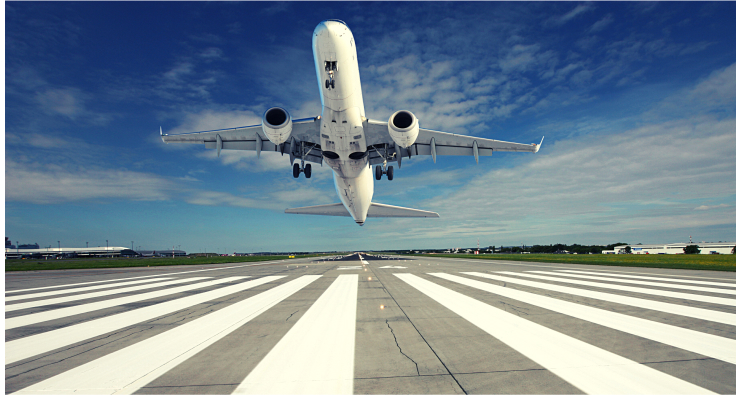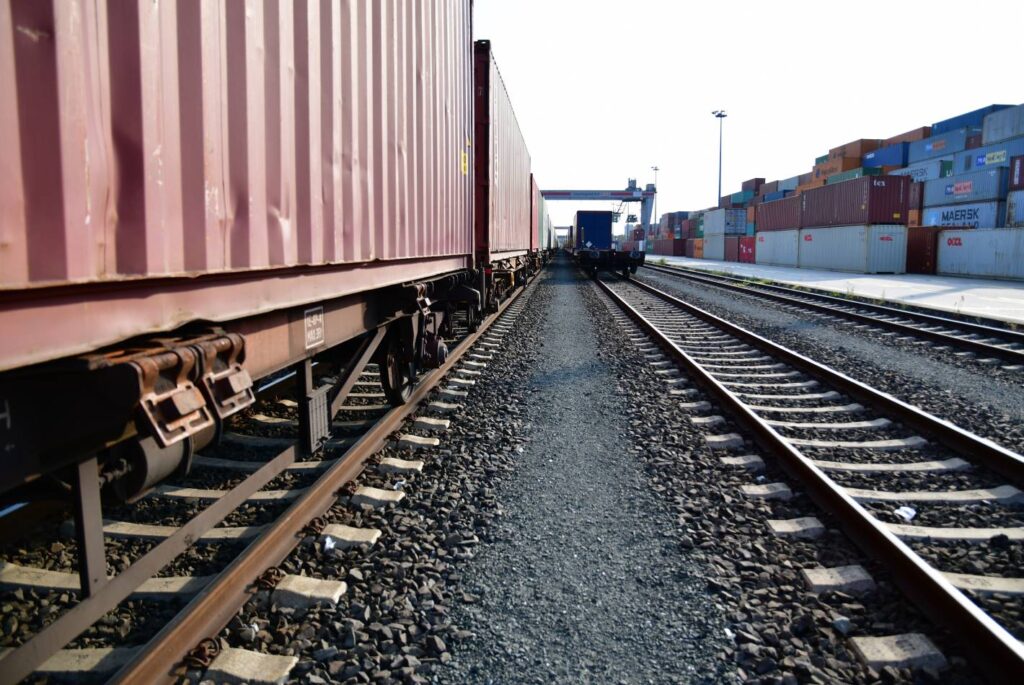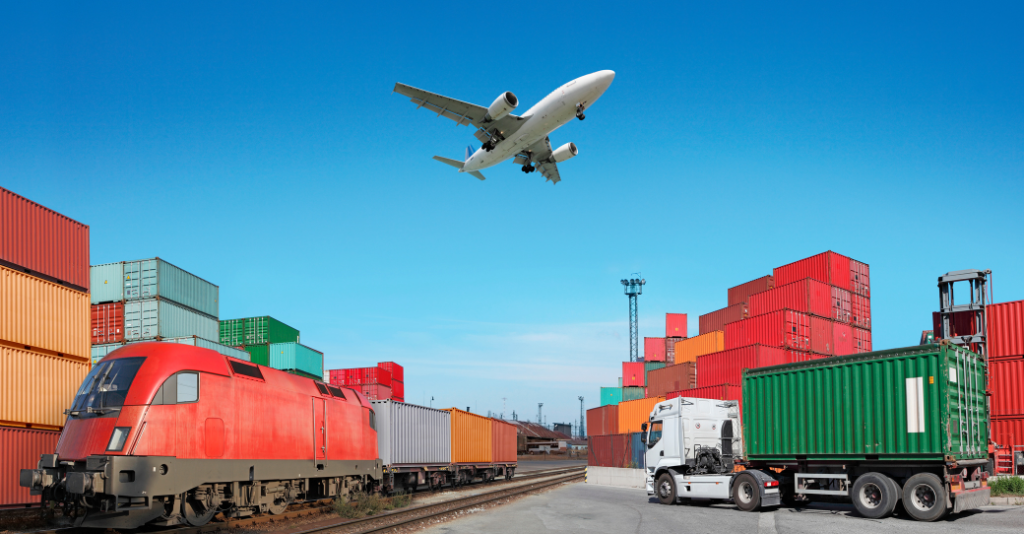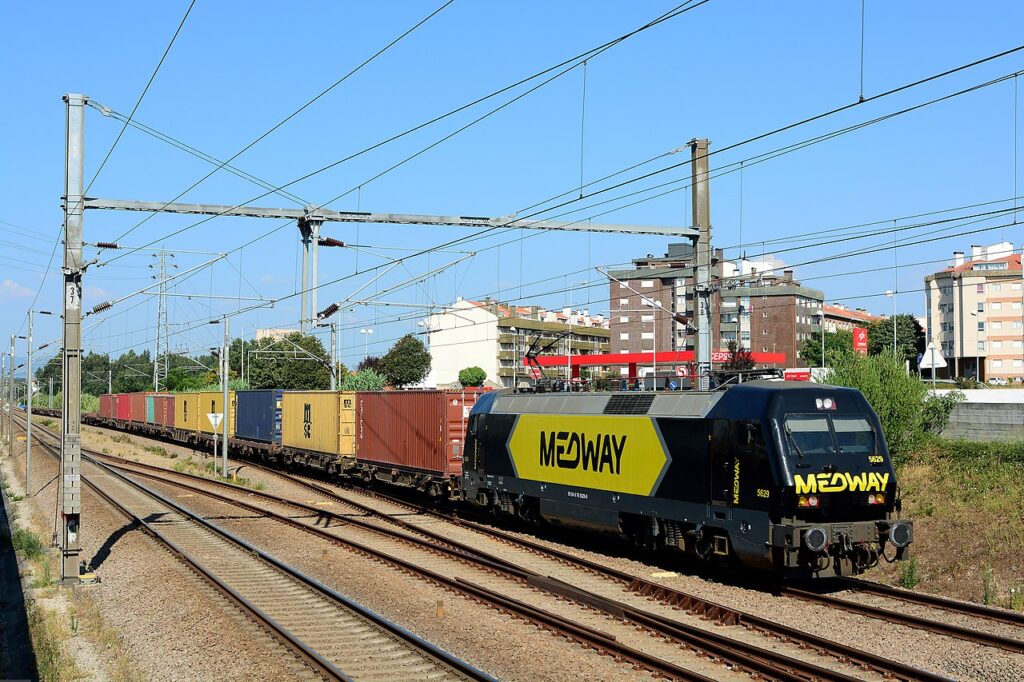Global shipping requires efficiency and reliability. China Southern freight tracking helps importers and exporters monitor shipments in real time, reduce delays, and manage customs with ease. With visibility from booking to delivery, businesses can strengthen supply chains and improve customer satisfaction.
What is China Southern Freight Tracking?
China Southern freight tracking is a system that allows customers to check the movement of shipments using a tracking number. It covers air, sea, rail, and courier shipments. By logging into the carrier’s portal, shippers can see cargo status, customs clearance, and estimated delivery times. This process improves transparency and helps avoid unexpected disruptions.
How Does the China Southern Tracking System Operate?
The tracking system works by linking booking data with scanning updates along the route. Every shipment is tagged with a bill of lading or airway bill number, which serves as the tracking ID.
Main steps include:
- Booking and documentation.
- Updates at origin and transit points.
- Customs clearance status notifications.
- Final delivery confirmation.
Additionally, the system integrates with logistics management software, ensuring smooth coordination between carriers, forwarders, and customers.
Why Do Businesses Rely on Freight Tracking?
Companies need predictable delivery schedules. Without tracking, importers risk late arrivals, higher storage charges, and missed deadlines. By contrast, tracking ensures:
- Visibility: Access to cargo status anytime.
- Efficiency: Faster customs and inventory planning.
- Reliability: Reduced disputes with suppliers.
- Cost savings: Lower demurrage and storage fees.
Accordingly, freight tracking is not just convenient—it is essential in modern logistics.
What Shipping Modes Can Be Tracked?
| Shipping Method | Average Cost | Transit Time | Advantages | Disadvantages |
|---|---|---|---|---|
| Air Freight | $5–8/kg | 3–7 days | Fast and precise tracking | Expensive for bulk shipments |
| Sea Freight (FCL) | $1,200–2,500/container | 25–40 days | Economical for full loads | Slower transit |
| Sea Freight (LCL) | $50–80/cbm | 30–45 days | Flexible for small cargo | Delays from consolidation |
| Rail Freight | $2,000–3,200/container | 15–20 days | Balanced cost and speed | Limited coverage |
| Courier/Express | $6–12/kg | 3–6 days | Door-to-door updates | High cost for larger cargo |
Real Shipping Case Studies
Case 1: Air Freight Guangzhou → Los Angeles
- Cargo: 5 tons electronics
- Cost: $6.5/kg (~$32,500)
- Time: 5 days
- Benefit: Tracking allowed importer to prepare customs in advance, saving $3,000 storage fees.
Case 2: Sea Freight Shenzhen → Rotterdam (FCL)
- Cargo: 40HQ furniture container
- Cost: $2,200
- Time: 32 days
- Benefit: Port updates enabled importer to book trucking, avoiding demurrage penalties.
What Customs Documents Are Required?
| Document | Function |
|---|---|
| Commercial Invoice | Declares shipment value |
| Packing List | Confirms cargo contents |
| Bill of Lading/Air Waybill | Serves as contract of carriage |
| Certificate of Origin | Identifies manufacturing country |
| Import License | Permits restricted goods |
Tracking systems notify when each document is cleared, helping businesses reduce delays.
What Are the Advantages of Tracking by Mode?
| Mode | Strengths | Weaknesses |
|---|---|---|
| Air Freight | Fastest updates, secure | High cost |
| Sea Freight | Affordable bulk option | Slower, weather risks |
| Rail Freight | Faster than sea, eco-friendly | Limited destinations |
As a result, many businesses combine methods to balance speed and cost.



How Does Tracking Support Supply Chain Management?
Tracking data can integrate with ERP and inventory systems. This ensures delivery schedules are automatically updated. Moreover, alerts help logistics teams reroute shipments if delays occur. For example, an importer can pre-arrange warehouse staffing based on live updates, reducing idle costs.
Do Freight Forwarders Enhance Tracking Services?
Yes. Freight forwarders like Top China Freight consolidate updates across carriers into one dashboard. Furthermore, they provide added services such as customs clearance, inland trucking, and 24/7 support. This simplifies logistics and ensures full shipment visibility.
Should Small Importers Use Freight Tracking?
Absolutely. Tracking minimizes disputes, enhances customer trust, and prevents unexpected expenses. E-commerce sellers, in particular, rely on tracking to provide delivery updates to their buyers. Therefore, even small-scale shippers benefit significantly from these services.
Conclusion
In summary, China Southern freight tracking provides real-time shipment visibility, reduces costs, and ensures timely deliveries. By integrating tracking with customs and logistics systems, businesses can optimize global trade operations. Partnering with experienced forwarders like Top China Freight further enhances reliability and efficiency.
- Consult TJ China Freight Forwarding for the lowest quote. They will provide you with reliable, cost-effective service.
FAQs
Q1.How do I check China Southern freight tracking updates online?
Use the airway bill number on the official portal to see cargo location and delivery schedule.
Q2.Does China Southern freight tracking show customs clearance progress?
Yes, the system displays customs inspection status, helping importers prepare documents in advance for faster clearance.
Q3.Can small e-commerce sellers use China Southern freight tracking effectively?
Absolutely, tracking ensures shipment visibility, improves customer trust, and reduces disputes caused by uncertain delivery times.
Q4.What information is included in China Southern freight tracking results?
You receive shipment departure, transit updates, customs clearance confirmation, and estimated arrival details at destination port.
Q5.Is China Southern freight tracking available for both FCL and LCL cargo?
Yes, the platform supports tracking for full container loads and consolidated shipments moving to global destinations.





